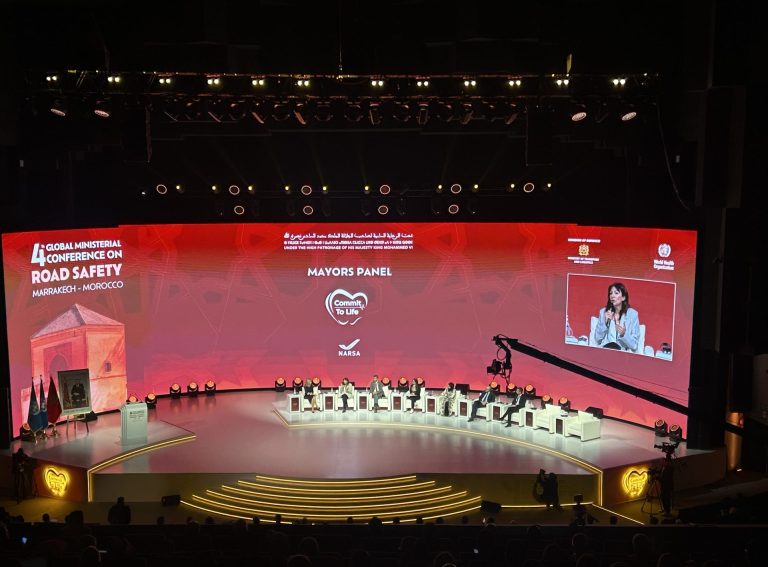More than 50 public, private and non-profit organisations have released a Shared Mobility 2030 Action Agenda that aims to accelerate shared mobility by holding members accountable to a to-do list of actions.
Shared mobility is the systems and infrastructure designed to reduce transport costs and carbon emissions by sharing rides and sharing vehicles. It includes public transportation, ride-hail and micromobility solutions such as shared e-bikes and e-scooters.
This launch coincides with COP27, the Conference of Parties of the United Nations Framework on Climate Change which began yesterday in Egypt.
While shared mobility has the potential to provide cleaner, more accessible, more equitable transportation options, the United Nations Technology Executive Committee and the Climate Technology Centre and Network report for COP27 finds that “the activities and performance of the shared mobility is likely to play a minor role in deep decarbonisation.”
But Benjamin de la Peña, CEO of the Shared-Use Mobility Center is calling for more focus on shared mobility.
He told Zag Daily: “Global climate leaders continue to underestimate, underfund and undervalue shared mobility, which has the greatest potential to provide cleaner, more accessible, more equitable transportation options to more people than any other single clean transportation solution.
“Our worry is that the conversation in Egypt locks our approaches to decarbonising transportation to just three avenues of action: electrifying cars, building more public transportation (buses and trains), and expanding active mobility (walking and biking). While these are all necessary and obvious avenues, we believe the climate fight demands we expand the universe of possible actions.”
The shared mobility market accounted for approximately $130 billion to $140 billion in global consumer spending in 2019. Estimates show that micromobility could reach a consumer-spending potential of $300 billion to $500 billion globally by 2030.
The to-do list
Within a seven-point action plan, members are asked to set achievable goals in line with the agenda’s rationale and then Action Network members will track progress at company, sectoral and global levels.
Investment in infrastructure, technology and the creation of incentives for shared mobility are the main points of action for the development of a cleaner and more affordable transportation.
The list includes the creation of standards to measure the impact of shared mobility and of carbon emissions, the development of new ways of funding, and the establishment of institutional foundations and processes that help shared mobility become affordable and economically sustainable.
“The Action Agenda creates a cohesive approach for the transportation sector to leverage investors and other stakeholders to see the full potential of shared mobility, not just electrification, in the fight against climate change,” said Peña.




